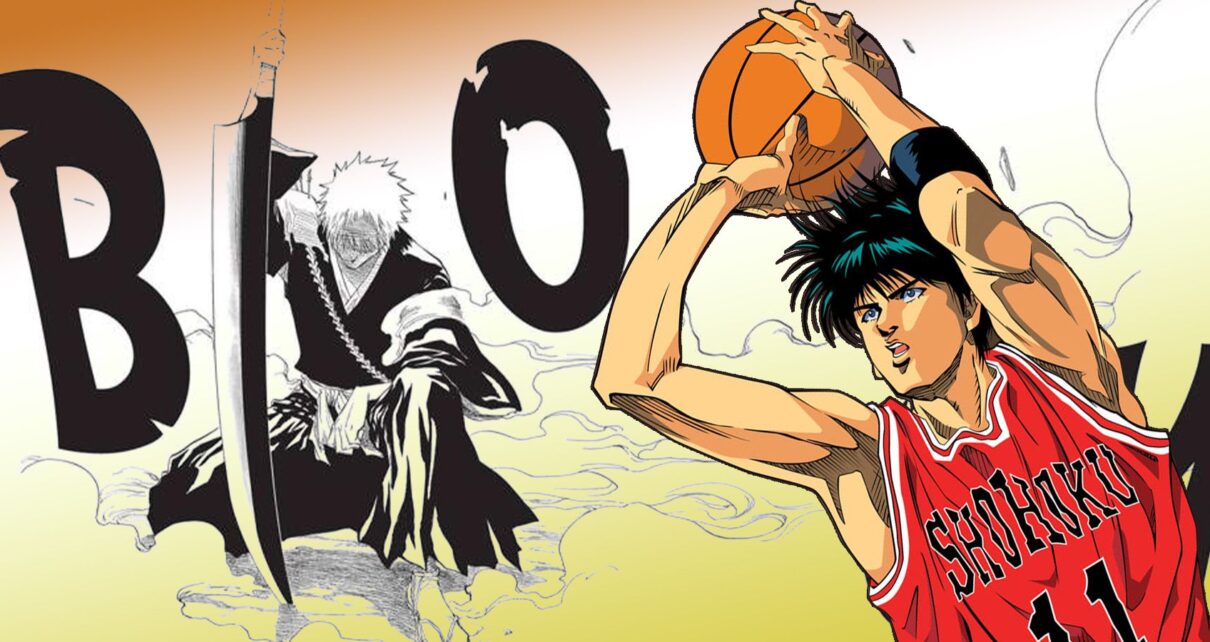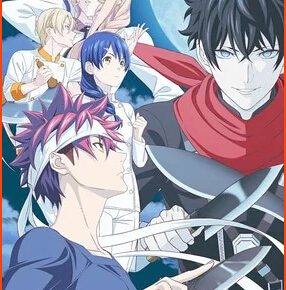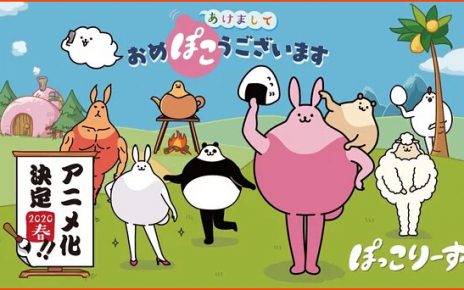The anime industry has seen a significant surge in popularity globally, with new shows being released at an unprecedented rate. This growing interest in anime has led to the adaptation of many manga series, much to the delight of fans worldwide. Manga adaptations provide a visual and dynamic new life to the beloved stories, often expanding the fanbase and bringing the characters and narratives to a wider audience. However, this rapid growth and the adaptation process have their own set of challenges and consequences.
While fans often look forward to these adaptations, there is also a sense of apprehension. This stems from the uncertainty surrounding how faithfully the anime will follow the manga, both in spirit and storyline. The anticipation of seeing their favorite characters come to life is often tempered by the fear of potential cancellations or deviations from the source material. Despite these concerns, the trend of adapting manga into anime shows no signs of slowing down, offering a continuous stream of content for enthusiasts to enjoy.
Nevertheless, this phenomenon of adapting manga into anime has led to a unique situation where fans are simultaneously hopeful and apprehensive. They eagerly await the continuation of their favorite franchises in a new medium while fearing the potential disappointment that comes with cancellations or unfaithful adaptations. The duality of these emotions reflects the complex relationship between manga and anime, and the expectations of the fans who love them.
Table of Contents
15. Snow White With The Red Hair
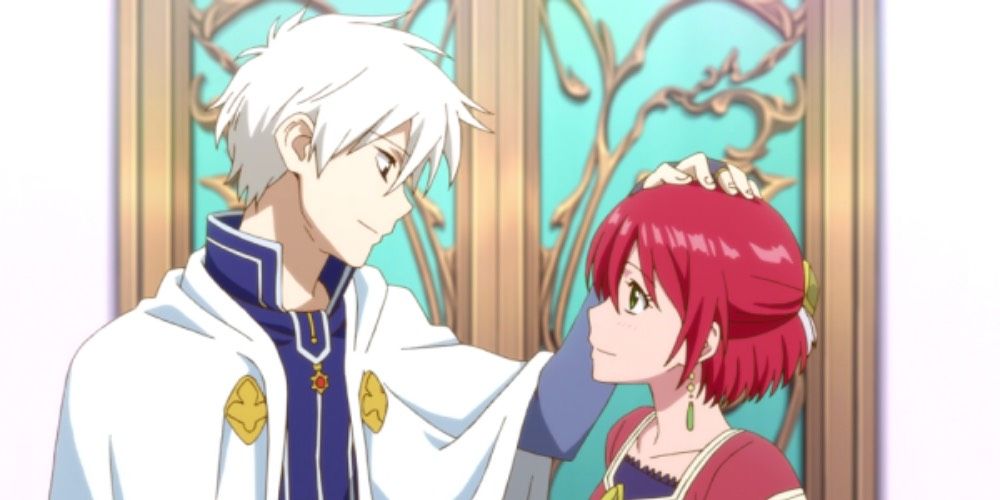
Snow White with the Red Hair is a beautifully crafted anime that tells the tale of Shirayuki, a young woman with striking red hair. This unique feature makes her a target for the local prince, who wishes to make her his concubine. Fleeing to preserve her freedom, Shirayuki’s life takes a dramatic turn when she encounters Prince Zen in the woods.
This meeting marks the beginning of a heartwarming and nuanced romance, set against a backdrop of political intrigue and personal growth.
The anime stands out for its depiction of a healthy, respectful relationship between Shirayuki and Zen. Unlike many romance anime, where misunderstandings and unspoken feelings often drive the plot, this series showcases open communication and mutual respect.
Their relationship evolves organically, with both characters supporting each other’s ambitions and personal development. This refreshing approach to romance has earned the show a dedicated fanbase, eager for more of Shirayuki and Zen’s story.
However, the anime adaptation was abruptly cut short, leaving many storylines unresolved. The manga, on the other hand, continues to explore the characters’ journeys in greater depth. The anime’s premature end, attributed to low Blu-ray and DVD sales, left fans longing for a more comprehensive adaptation that would do justice to the manga’s rich narrative.
The situation with Snow White with the Red Hair reflects a common challenge in the anime industry: balancing commercial success with artistic integrity and storytelling completeness.
14. Prison School
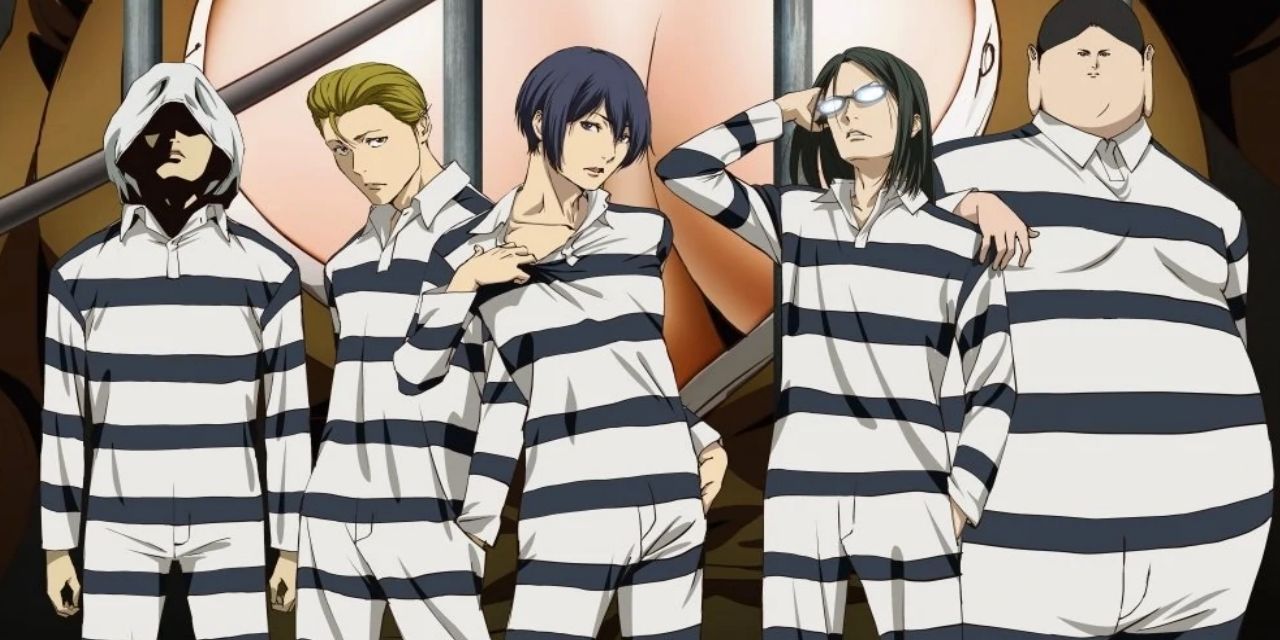
The anime Prison School quickly gained notoriety for its bold, provocative humor and outlandish premise. The story revolves around Kiyoshi and his friends, who are subjected to a series of comical and often risqué punishments after being caught peeping in their school. The show’s blend of comedy, ecchi elements, and a unique take on high school life made it a standout in its genre.
Despite its initial success and a dedicated fan following, Prison School struggled to maintain momentum. The series’ controversial and explicit content, while appealing to a niche audience, failed to translate into broader commercial success. Low Blu-ray and DVD sales reflected this limited appeal, leading to the decision not to pursue a second season.
This outcome highlighted the challenges faced by anime that cater to specific tastes, particularly in genres that may not have widespread appeal.
For fans of Prison School, the anime’s cancellation was a disappointment, as many hoped to see more of the characters’ misadventures. The manga, however, continued to explore the story, offering fans an alternative medium to follow the escapades of Kiyoshi and his friends.
This situation is a reminder of the volatile nature of the anime industry, where even a successful first season does not always guarantee a continuation.
13. Deadman Wonderland
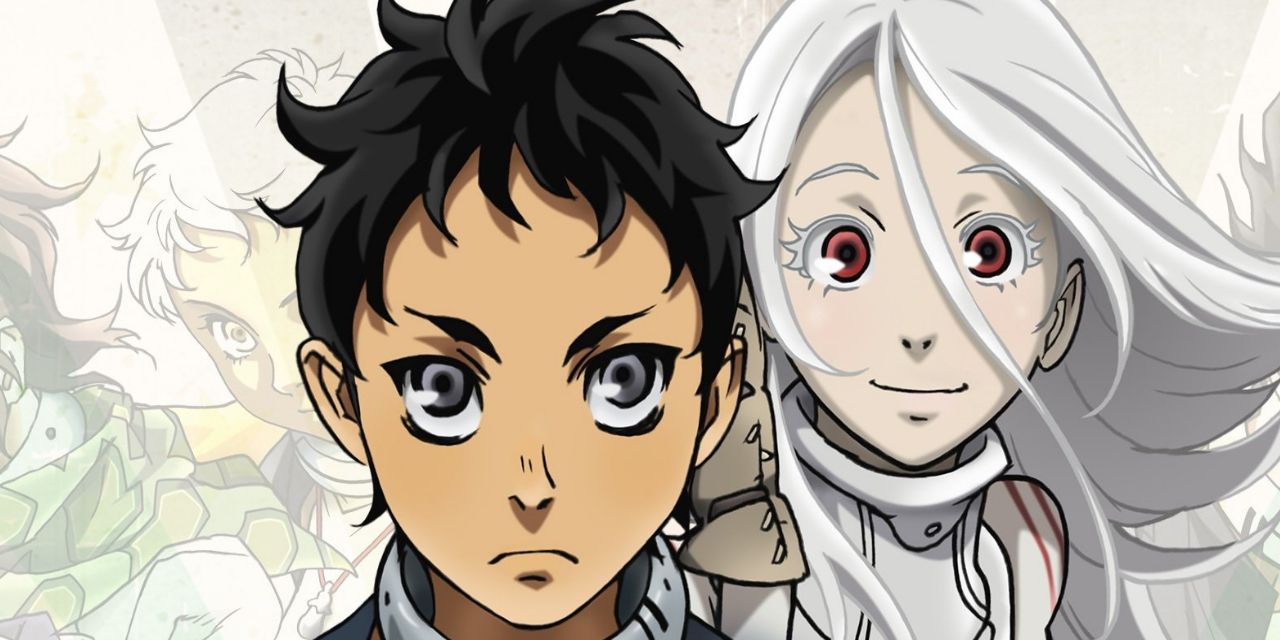
Deadman Wonderland presents a dark and gripping story of Ganta Igarashi, a boy wrongfully accused of a heinous crime and sent to a dystopian prison amusement park. In this cruel world, Ganta discovers his ability to control his blood, a power that both aids and complicates his quest for justice and truth. The anime garnered attention for its unique premise, intense action sequences, and a deep exploration of themes like injustice and survival.
However, the anime adaptation faced significant challenges. One of the primary issues was the exclusion of key characters from the manga. These characters played crucial roles in the narrative, and their absence in the anime created gaps in the story and character development. This decision ultimately hindered the possibility of a second season, as the continuity and depth required for further storytelling were compromised.
The fans of Deadman Wonderland who were left dissatisfied with the anime’s incomplete story turned to the manga to experience the full narrative. The manga continues the tale with the missing characters and plotlines, providing a more holistic and satisfying conclusion to the story. This scenario underscores the importance of faithful adaptations in anime, especially when dealing with complex stories with interwoven character arcs and plotlines.
12. The Promised Neverland
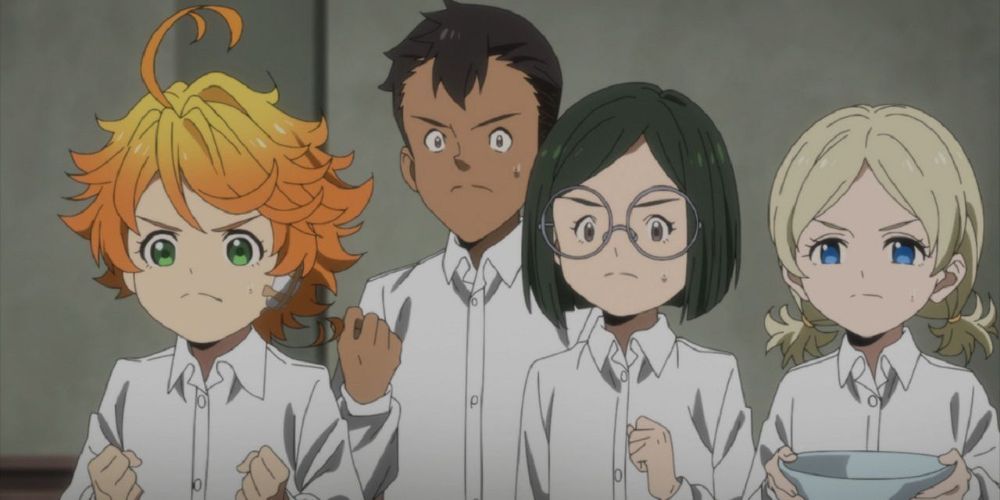
The anime adaptation of The Promised Neverland initially garnered widespread acclaim, particularly for its first season. It introduced viewers to a thrilling narrative centered around Emma, Ray, and Norman, whose daring escape plan from Grace Field House captivated audiences. However, the series’ second season saw a drastic departure from its manga counterpart, resulting in a significant dip in quality that ultimately led to its cancellation.
The second season’s shortcomings were primarily due to the omission of crucial plotlines and character developments present in the manga. This led to a rushed narrative, leaving viewers dissatisfied and confused.
The decision to diverge from the manga not only affected the pacing and depth of the story but also impacted the overall reception of the anime. Fans of the manga urged those who had only watched the anime to read the original source material to experience the full breadth and depth of the story, despite the manga’s own inconsistencies in later chapters.
This situation highlights a broader issue in the anime industry: the challenge of adapting a manga into an animated format while maintaining the essence and complexity of the original work. The Promised Neverland‘s experience serves as a case study in how significant deviations from source material can lead to a decline in an anime’s success, as well as fan dissatisfaction. It underscores the delicate balance required in adaptation, where staying true to the original while crafting an engaging animated narrative is key to success.
11. Ranma 1/2
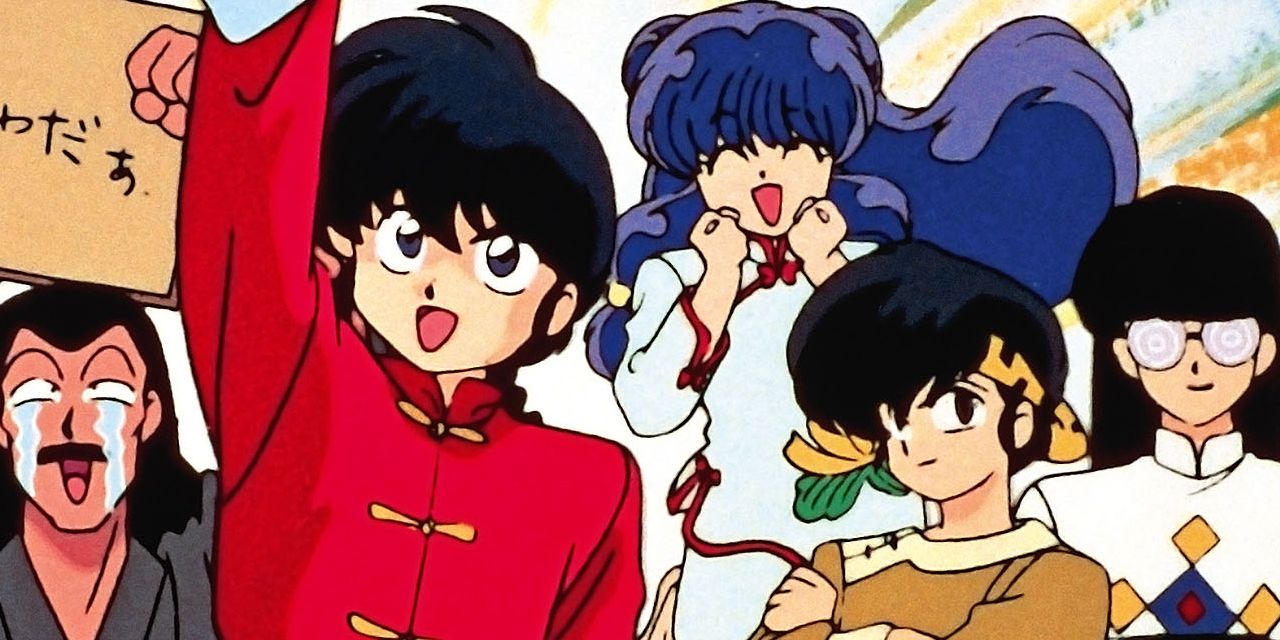
Ranma 1/2, a creation of Studio Deen, is an iconic series known for its unique blend of martial arts, comedy, and gender-bending romance. The story revolves around Ranma Saotome, who transforms into a girl when splashed with cold water, adding a layer of complexity to his martial arts endeavors and romantic escapades. This quirky premise, combined with a colorful cast of characters, made Ranma 1/2 a beloved classic in the anime world.
Despite its popularity and cultural impact, the anime adaptation was abruptly terminated. The decision to end the series was attributed to a variety of factors, including creative fatigue and a desire to explore new projects.
This left many fans disappointed, as the anime concluded with an original ending, diverging from the manga’s storyline. The manga, written by Rumiko Takahashi, continues to offer a richer and more expansive narrative, providing an alternative experience for fans seeking more of Ranma’s adventures.
The case of Ranma 1/2 illustrates the challenges faced by long-running series in maintaining momentum and viewer interest. It also highlights the creative decisions that studios must make, balancing the desire to stay true to source material with the need to keep content fresh and engaging for audiences. Fans of the series have turned to the manga to experience the full breadth of Takahashi’s imaginative world, embracing the different paths the story takes in each medium.
10. Slam Dunk
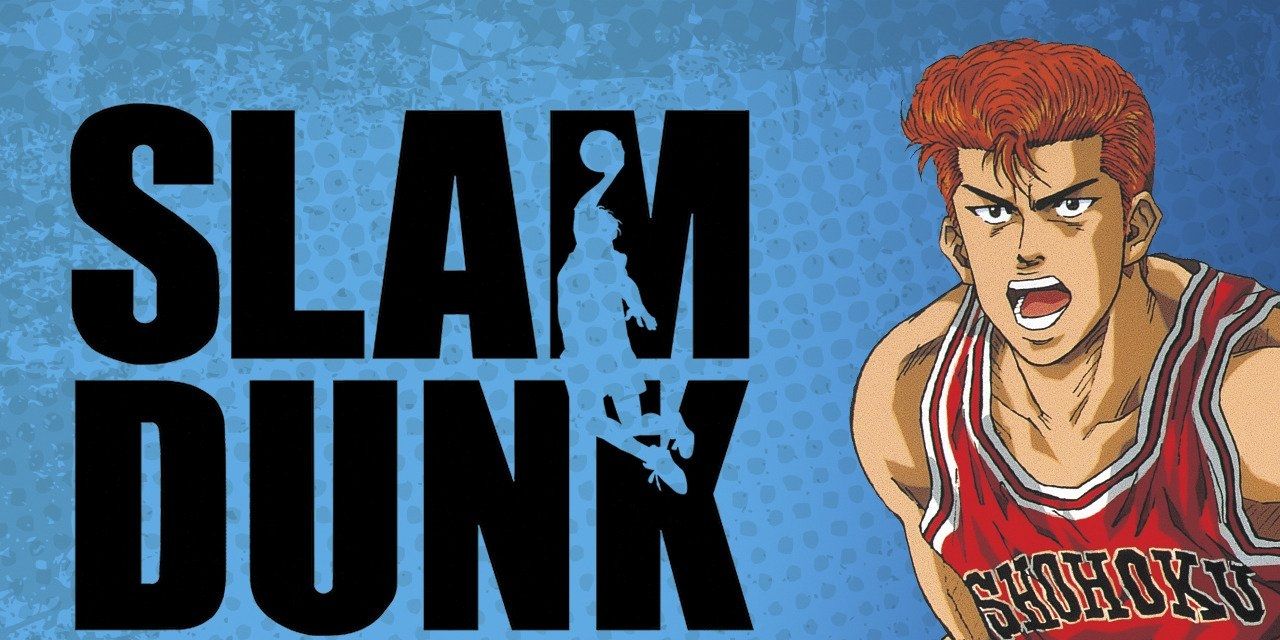
Slam Dunk, a cornerstone in the sports anime genre, captures the spirit of high school basketball through the eyes of Hanamichi Sakuragi. This series, created by Takehito Inoue, is not just about sports; it’s a story of passion, determination, and the bonds formed on the basketball court. The anime adaptation brought this vibrant manga to life, showcasing the growth of Sakuragi from a lovestruck teenager to a dedicated basketball player.
The anime was a massive success, resonating with audiences for its realistic portrayal of basketball, engaging character development, and the compelling journey of the Shohoku Basketball team. However, a significant divergence in the storyline led to its premature cancellation. In a crucial game arc, the anime deviated from the manga, altering the outcome of a pivotal match. This decision, a result of creative differences between the anime studio and Inoue, ultimately led to the show’s discontinuation.
The manga continued to captivate readers with its original storyline, further exploring the team’s challenges and triumphs. This split between the anime and manga endings reflects a recurring challenge in adaptations: remaining faithful to the source material while making creative choices for the animated medium. Fans of Slam Dunk continue to appreciate the manga for its authentic storytelling, hoping for a future adaptation that stays true to Inoue’s vision.
9. ReLIFE
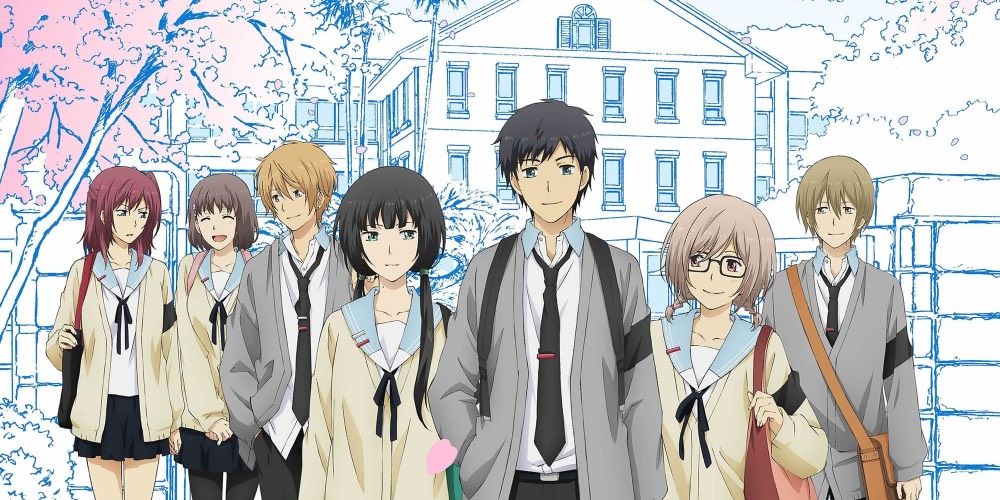
ReLIFE is an anime adaptation of a popular webcomic that delves into the life of Arata Kaizaki, an underemployed man who participates in a unique experiment to regain his youth. This experiment allows Kaizaki to relive his high school years, providing him with a chance to reflect on his life and rect
ReLIFE is an anime adaptation of a popular webcomic that delves into the life of Arata Kaizaki, an underemployed man who participates in a unique experiment to regain his youth. This experiment allows Kaizaki to relive his high school years, providing him with a chance to reflect on his life and rectify his regrets.
The narrative combines elements of romance, comedy, and drama, offering a poignant and reflective look at adulthood and the choices that shape us.
The series was well-received for its innovative concept and relatable themes, resonating with viewers who found parallels in Kaizaki’s journey and their own life experiences. However, the anime adaptation faced challenges in condensing the story into a limited number of episodes.
This led to a rushed conclusion, culminating in a four-episode OVA that attempted to tie up the narrative. While this provided some closure, it left many fans feeling that the series deserved a more fleshed-out ending.
Fans seeking a more comprehensive understanding of the story turned to the webcomic, where they could explore the characters and their journeys in greater depth. The contrast between the anime and its source material highlights the difficulties in adapting long-form storytelling into a condensed animated format.
ReLIFE‘s experience underscores the importance of pacing and narrative development in anime adaptations, ensuring that the essence of the source material is preserved while adapting it to a new medium.
8. Yona of the Dawn
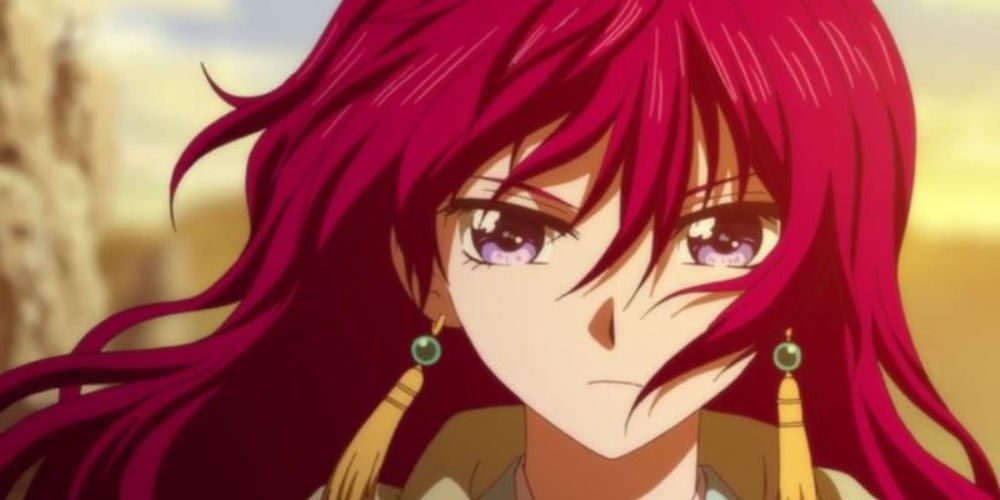
Yona of the Dawn is a standout anime in the romance and reverse-harem genres, set in a beautifully crafted fantasy world. The story follows Princess Yona, who embarks on a journey to reclaim her kingdom with the help of four powerful Dragon Warriors. This series is praised for its unique setting, engaging narrative, and the development of Yona from a sheltered princess to a strong, independent leader.
The anime adaptation captured the essence of the manga, enchanting viewers with its blend of adventure, romance, and character growth. However, the series ended on a cliffhanger, just as Yona and her companions gathered the last of the Dragon Warriors. This abrupt conclusion left fans eager for more, yearning to see the next chapters of Yona’s journey unfold on screen.
While a few OVAs were released, they provided little in terms of continuing the main storyline. The manga, however, continues to delve into the characters’ adventures and the intricate politics of Yona’s world.
This situation highlights a common issue in anime adaptations: the challenge of pacing and funding in bringing long-form stories to a satisfactory conclusion within the constraints of a television format. Fans of Yona of the Dawn have turned to the manga to satisfy their desire for a more complete narrative, while still holding out hope for a potential anime continuation in the future.
7. BTOOOM!
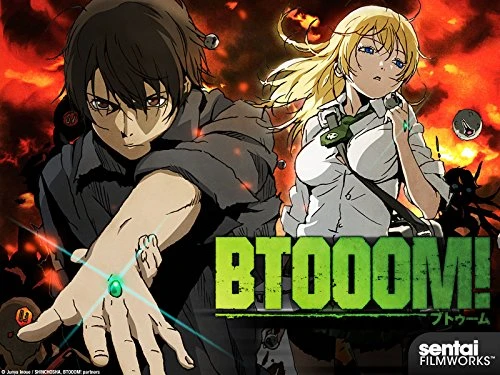
BTOOOM! stands out in the battle royale genre with its intense action and psychological depth. The story revolves around Ryouta Sakamoto, a top player in the online game BTOOOM!, who finds himself trapped in a real-life version of the game. This premise sets the stage for a thrilling narrative, blending survival tactics with deep character exploration.
Despite its gripping storyline and unique concept, BTOOOM! struggled to find commercial success. The anime’s sales, particularly in terms of Blu-ray and DVD, were not sufficient to justify a second season. This lack of profitability highlights the harsh reality of the anime industry, where creative success does not always translate into financial viability.
The manga, however, offers a complete and satisfying conclusion to the story, allowing fans to delve deeper into the characters’ psyche and the complexities of their situation. The contrast between the anime’s abrupt end and the manga’s thorough exploration serves as a reminder of the diverse ways stories can be told across different mediums, and the importance of supporting beloved series through their various formats.
6. Fruits Basket
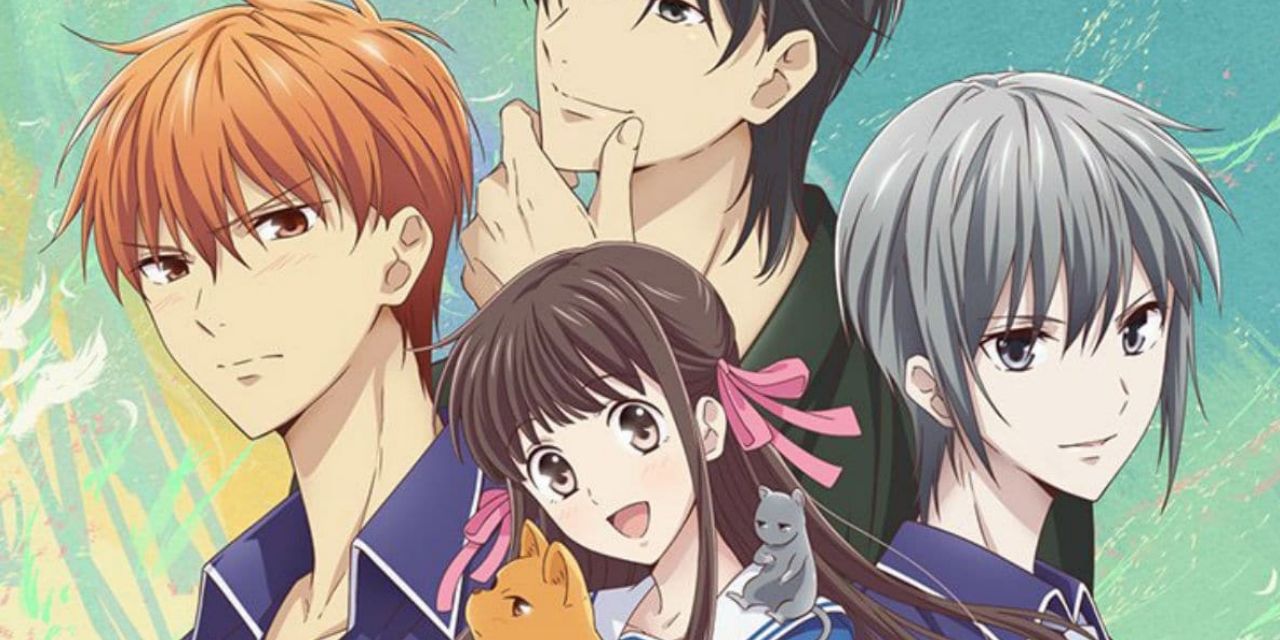
Fruits Basket is a heartwarming series that delves into the life of Tohru Honda, an orphan who finds herself entwined with the Sohma family, cursed to transform into animals of the Chinese zodiac. The original 2001 adaptation of this beloved manga captivated audiences with its blend of romance, drama, and supernatural elements.
However, the anime deviated significantly from the manga, leading to an incomplete and unsatisfactory ending for many fans.
The divergence between the anime and manga created a longing among fans for a more faithful adaptation that would cover the entirety of the manga’s story. This desire was eventually fulfilled with the release of a new Fruits Basket anime series in 2019. This reboot stayed true to the source material, covering the manga’s full narrative and providing a much-needed conclusion to the story.
The success of the Fruits Basket reboot is a shining example of how a faithful adaptation can resonate with both old and new fans. It demonstrates the importance of staying true to the original material and the positive impact it can have on the reception of an anime series. The Fruits Basket revival not only satisfied long-time fans but also introduced a new generation to the charming world of Tohru Honda and the Sohma family.
5. Wotakoi: Love Is Hard For Otaku
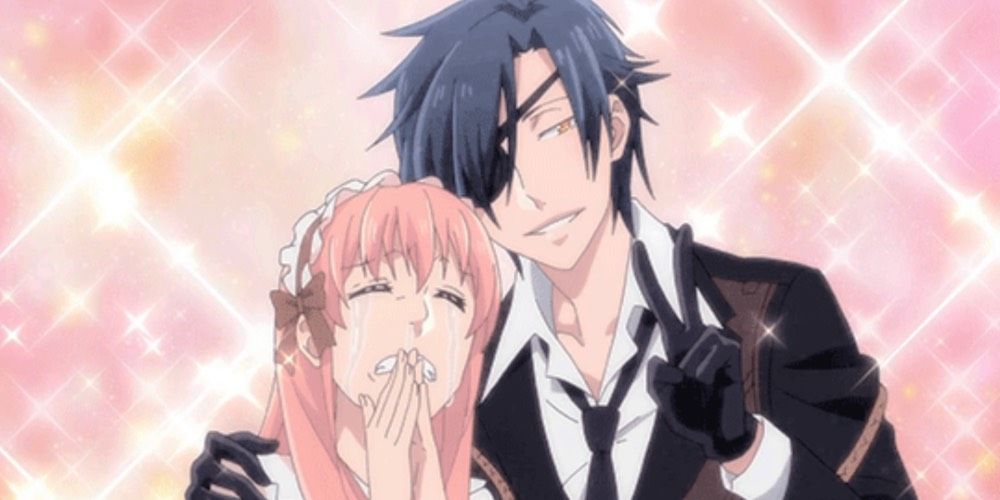
Wotakoi: Love is Hard for Otaku offers a refreshing perspective on romance by focusing on the lives of adult otakus. The story revolves around Narumi Momose and Hirotaka Nifuji, two childhood friends who reconnect as adults and navigate the complexities of a relationship where they can be their true otaku selves.
The anime shines a light on the often-overlooked adult otaku community, blending humor, romance, and relatable depictions of life in the corporate world.
The series was well-received for its unique take on otaku culture and the mature portrayal of relationships. However, the anime concluded after just one season, leaving many storylines and character developments unexplored. This abrupt ending left fans craving more, particularly as the manga continued to delve deeper into the lives and relationships of the characters.
The situation with Wotakoi reflects a broader issue in the anime industry: the challenge of adapting manga that target a specific audience, especially when the story extends beyond typical shonen or shojo tropes.
Fans of the series have turned to the manga to continue following the story of Narumi, Hirotaka, and their friends, holding onto hope that the anime might one day return to provide a more conclusive ending.
4. Gantz
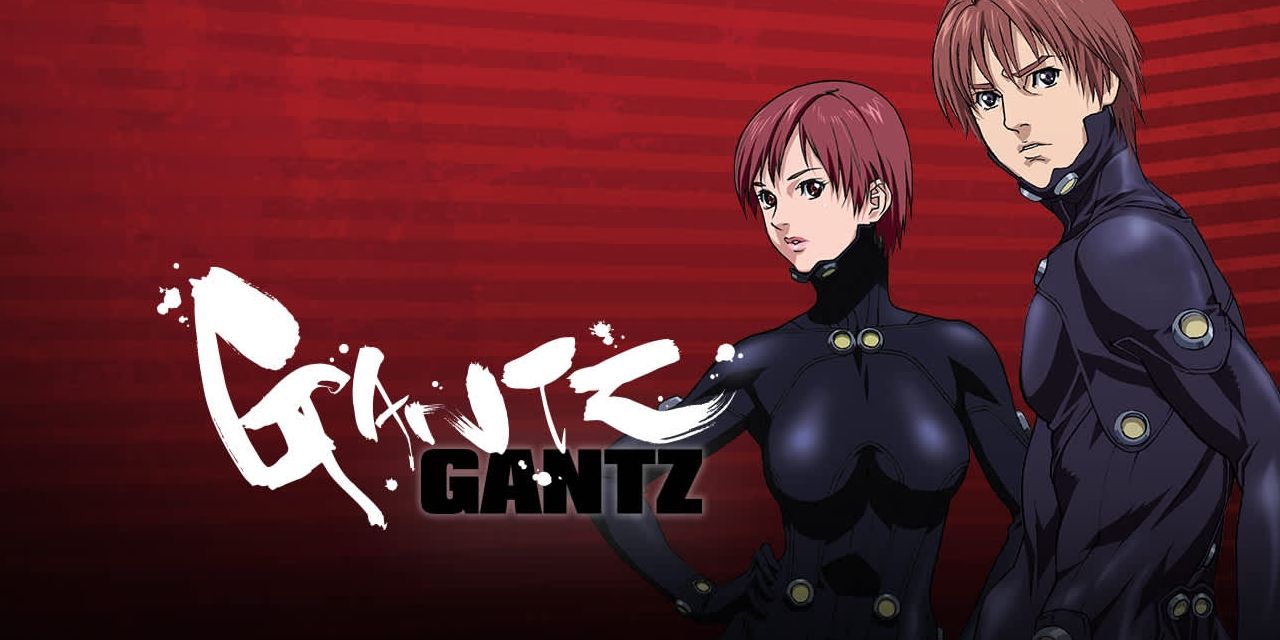
Gantz, a seinen manga by Hiroya Oku, is renowned for its dark themes, intense action, and complex storylines. The series begins with Kei Kurono’s transportation to a game-like world after an unexpected death, unfolding into a multi-layered narrative filled with suspense and moral dilemmas.
The manga’s bold storytelling and unique concept have made it a must-read in the seinen genre.
The anime adaptation of Gantz initially followed the manga closely, but as it progressed, it began to introduce original characters and plotlines. This deviation led to a confusing narrative that diverged significantly from the manga.
The anime’s original ending, in particular, was met with mixed reactions, as it did not capture the depth and complexity of the manga’s story.
Fortunately for fans of the series, Gantz received a new adaptation in the form of a Netflix 3D film. This adaptation offered a fresh take on the story, incorporating elements that the original anime had overlooked. The continued interest in Gantz adaptations highlights the enduring appeal of Oku’s work and the desire of fans to see a more faithful representation of the manga in animated form.
3. Rave Master
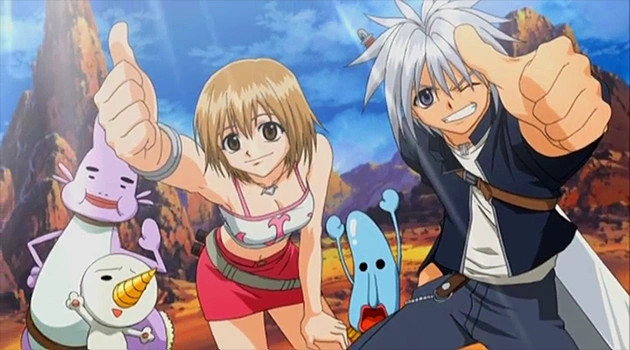
Rave Master, created by Hiro Mashima, is a cherished manga known for its captivating storyline and well-developed characters. The narrative follows Haru Glory on his quest to find the Rave Stones and bring peace to the world. The manga’s blend of adventure, fantasy, and humor won over a large fanbase, with its strong start and satisfying conclusion across 35 volumes.
However, the anime adaptation faced challenges in capturing the essence of the manga. Spanning 51 episodes, the anime adaptation did not cover the entire scope of the manga, leading to an incomplete story.
This decision, driven by the anime’s struggle to maintain viewership and low disc sales, resulted in the premature cancellation of the series. Fans were left wanting more, as the anime failed to deliver the full depth and breadth of the manga’s narrative.
The case of Rave Master is a common occurrence in the anime industry, where adaptations must balance the expectations of fans with the commercial realities of production. The manga’s continued popularity serves as a testament to the story’s appeal, and fans continue to hope for a more faithful anime adaptation in the future that captures the entirety of Mashima’s vision.
2. Rurouni Kenshin
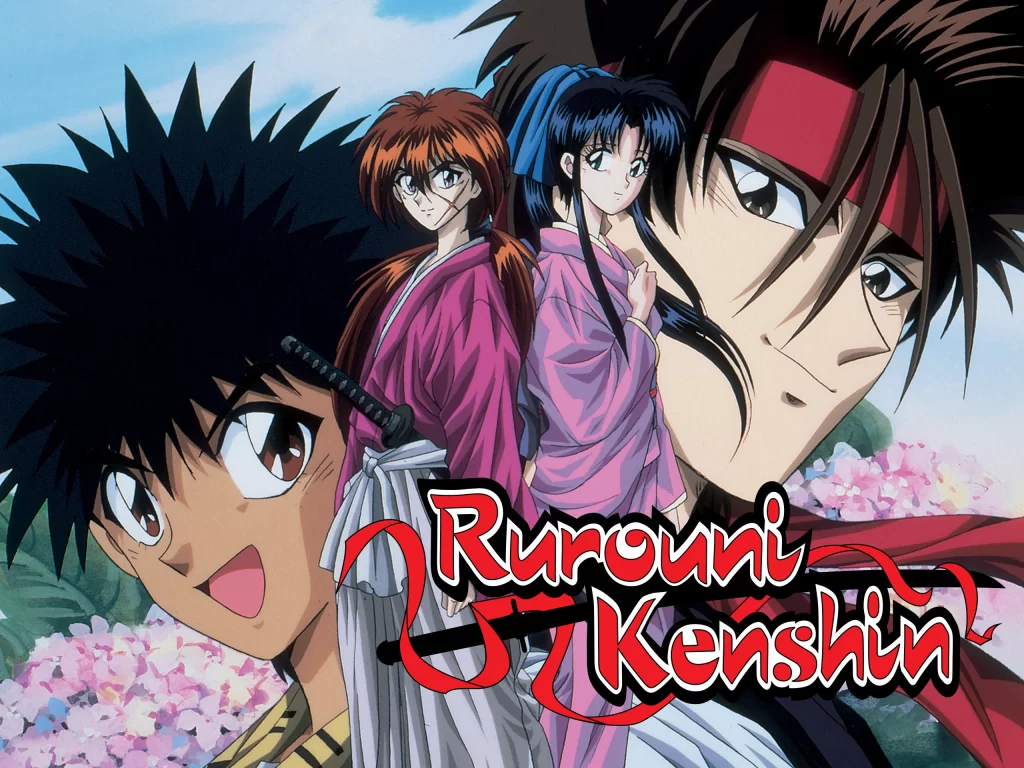
Rurouni Kenshin, also known as Samurai X, is an iconic anime that follows the journey of Kenshin Himura, a former assassin turned wanderer who vows to protect the innocent. The series, set in the Meiji era, blends historical elements with action-packed samurai battles, creating a rich and compelling narrative.
However, the anime faced a significant challenge when it caught up with the manga, leading to the introduction of original content that diverged from the creator’s vision.
This divergence resulted in the anime taking a different direction from the manga, culminating in an ending that, while well-executed, did not align with the original storyline. This situation is not uncommon in the anime industry, where adaptations often catch up to their source material and are forced to take creative liberties.
While these original developments can be interesting, they sometimes leave fans longing for an adaptation that remains faithful to the manga.
The experience of Rurouni Kenshin underscores the delicate balance between adapting a manga faithfully and the need to produce content consistently for television. The series remains beloved by fans for its engaging story and memorable characters, and both the manga and anime are praised for their individual merits, despite their different paths.
1. Bleach
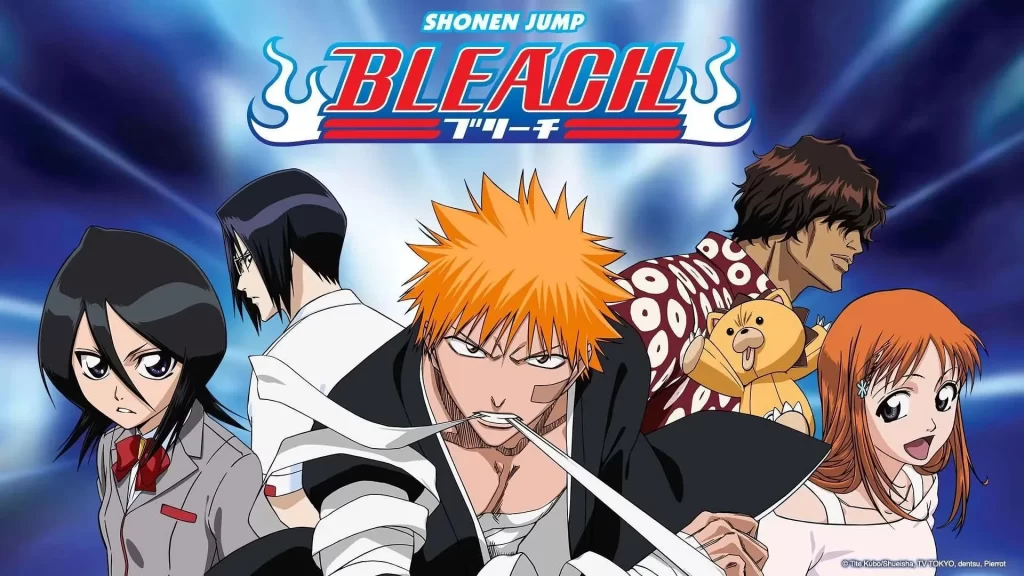
The anime Bleach has been a cornerstone of the shonen genre, captivating audiences with the adventures of Ichigo Kurosaki, a teenager with shinigami powers. Over the years, Bleach developed a massive following, with fans eagerly anticipating the series’ conclusion.
However, the anime was abruptly canceled, much to the dismay of its loyal viewers. This cancellation was attributed to various factors, including declining ratings and the high costs of production, which did not align with the diminishing returns in terms of profitability.
The termination of the anime left many story arcs incomplete, leading to a wave of disappointment among the fanbase. The manga, however, continued to explore Ichigo’s journey, providing a resolution that the anime had failed to deliver. This disconnect between the anime and manga created a gap for fans, who had hoped to see the full story of Bleach in animated form.
However, there is a silver lining for fans of Bleach. The anime is set to make a comeback with the adaptation of the “Thousand-Year Blood War” arc, slated for release in October 2022. This news has reinvigorated the Bleach community, offering a glimmer of hope that the anime will finally provide the closure that fans have been longing for.
This revival is a testament to the enduring popularity of the series and the power of fan support in influencing the anime industry.
Final Thoughts
The world of anime is ever-evolving, with new adaptations and stories emerging regularly. While the adaptation of manga into anime brings joy and excitement to many fans, it also comes with its share of disappointments when beloved series are canceled or diverge from their source material. The cases of The Promised Neverland, Snow White with the Red Hair, and others illustrate the complexities and challenges inherent in adapting manga to anime.
Despite these challenges, the resilience and passion of the anime community continue to drive the industry forward. Fans’ hopes for revivals and more faithful adaptations, as seen with Bleach and Fruits Basket, demonstrate the deep connection audiences have with these stories.
The industry’s response to fan feedback and the evolving landscape of anime production offer hope for the future, where more manga series can be adapted into anime that honor the original vision and satisfy both new and longtime fans.
As we look to the future, it’s clear that the relationship between manga and anime will remain a dynamic and integral part of the entertainment landscape, continuously evolving to meet the expectations and desires of its ever-growing audience.
